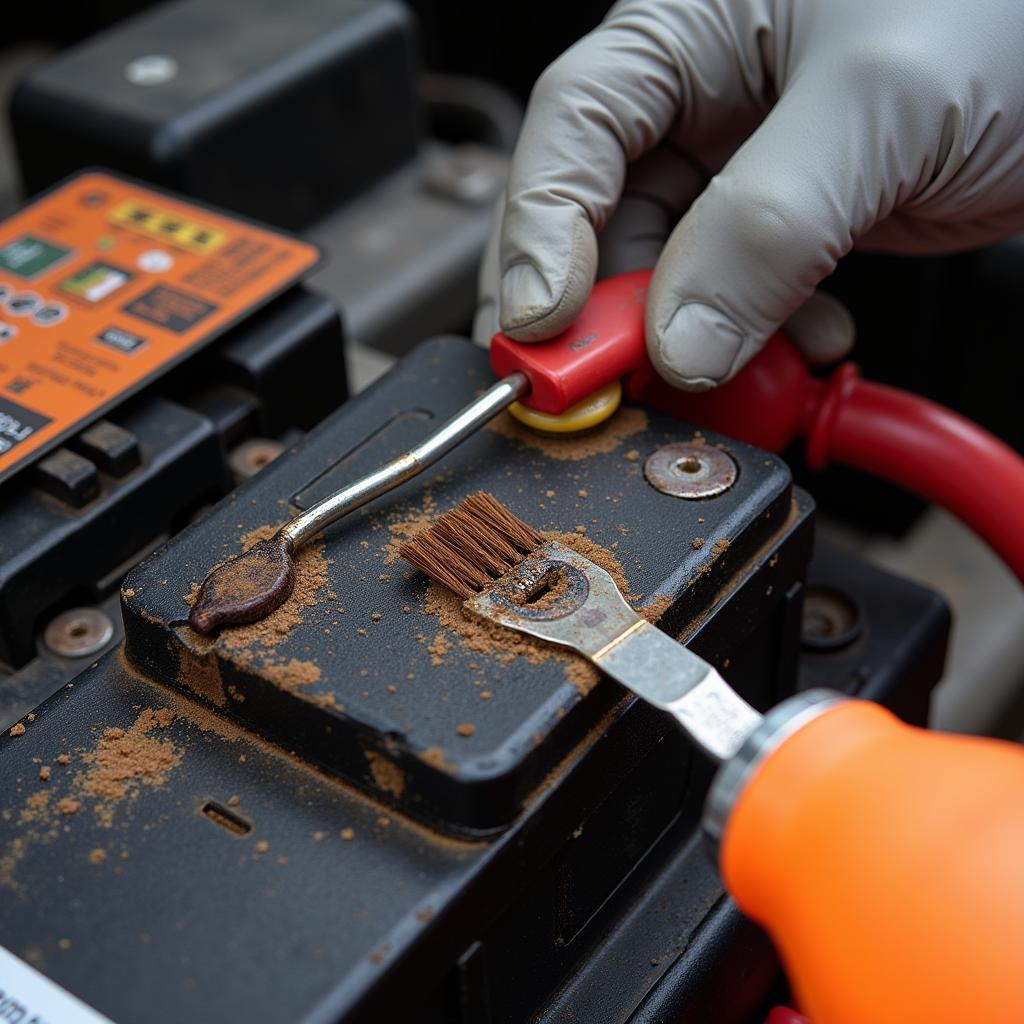A key fob, also known as a remote keyless entry system, is now a standard feature in most modern vehicles. It allows for convenient access and engine start with just a press of a button. But what happens when you lose your key fob, or it malfunctions? The thought of getting a replacement from a dealership can be daunting, often associated with high costs and time-consuming procedures. Thankfully, there’s a more affordable and quicker solution – copying your key fob.
This comprehensive guide will delve into the intricacies of copying key fobs, equipping you with the knowledge to navigate the process effortlessly. We’ll explore various methods, discuss their feasibility, and address some commonly encountered issues.
Understanding Key Fobs: The Basics
Before we delve into the copying process, it’s crucial to understand the different types of key fobs and the technologies they employ. This knowledge is essential in determining the appropriate copying method for your specific key fob.
Types of Key Fobs
Key fobs can be broadly categorized into two main types:
-
Basic Remote Entry Fobs: These fobs offer basic functionalities like locking and unlocking the car doors and may include a panic button.
-
Keyless Ignition Fobs: Also known as smart keys or proximity keys, these fobs offer advanced features like keyless entry, push-button start, and remote start.
Key Fob Technologies
Modern key fobs utilize various technologies to communicate with your vehicle, including:
-
Radio Frequency Identification (RFID): Used in basic remote entry fobs, RFID transmits a unique code to the car’s receiver to unlock or lock it.
-
Rolling Code Technology: This technology enhances security by generating a new code with each use, making it extremely difficult for thieves to intercept and replicate the signal.
-
Proximity Sensors: Employed in keyless ignition fobs, these sensors detect the fob’s presence within a specific range, allowing for keyless entry and start.
Can You Copy Any Key Fob?
While copying a basic key fob with RFID technology is relatively straightforward, replicating a key fob with rolling code or proximity sensors can be more complex. These advanced technologies often require specialized equipment and programming, making DIY copying difficult.
“It’s important to remember that not all key fobs are created equal,” says John Smith, Senior Automotive Electrician at XYZ Auto Services. “Copying a key fob with advanced features like rolling codes or proximity sensors often requires specialized equipment and programming knowledge.”
Methods for Copying Key Fobs
Several methods can be employed to copy a key fob, each with varying levels of complexity and effectiveness:
1. DIY Cloning Using a Key Fob Cloning Device
This method involves using a readily available key fob cloning device. These devices capture and replicate the signal from your existing key fob, allowing you to program a new fob.
Here’s how it works:
-
Purchase a key fob cloning device online or from an electronics store.
-
Follow the manufacturer’s instructions to program the device with your existing key fob.
-
Once programmed, the device can then program a new, blank key fob.
Note: This method is typically effective for basic key fobs with fixed codes. It may not work for key fobs with rolling codes or proximity sensors.
2. Professional Key Fob Copying Services
For more complex key fobs, seeking professional assistance is recommended. Locksmiths and dealerships possess the necessary equipment and expertise to program new key fobs, even those with advanced technologies.
Benefits of Professional Key Fob Copying:
- Expertise: Professionals are trained to handle various key fob technologies.
- Specialized Equipment: They have access to tools and software not readily available to consumers.
- Reliable Results: Professional copying ensures the new key fob functions correctly.
Learn more about copying apartment key fobs.
3. Programming a New Key Fob Yourself
Some vehicles allow you to program new key fobs yourself using a specific sequence of actions outlined in the owner’s manual. This method typically involves putting your car into programming mode and following the instructions to pair the new fob.
Note: This method’s availability and steps vary significantly depending on the car make, model, and year.
Common Issues When Copying Key Fobs
While copying a key fob can be a convenient solution, it’s essential to be aware of potential issues:
- Incompatible Fobs: Ensure the new key fob is compatible with your car make and model.
- Programming Errors: Incorrect programming can render the new fob useless.
- Rolling Code Issues: Key fobs with rolling codes might require synchronization with the vehicle’s security system after copying.
“One common mistake people make is assuming all key fobs are interchangeable,” says Jane Doe, an experienced automotive locksmith. “Always double-check compatibility with your vehicle’s make and model to avoid any issues.”
Tips for Successful Key Fob Copying
- Consult Your Owner’s Manual: Check for information about key fob programming.
- Choose Reputable Professionals: Opt for experienced locksmiths or dealerships for professional copying.
- Verify Compatibility: Ensure the new key fob is compatible with your car model.
Discover how to copy a key fob effectively.
Conclusion
Copying a key fob offers a practical and often more affordable alternative to dealership replacements. By understanding the different methods and potential challenges, you can choose the most suitable approach for your needs. Remember to prioritize security and always opt for reputable services when dealing with complex key fob technologies.
If you’re unsure about any aspect of the process, seeking professional guidance is always recommended. By taking the right steps, you can ensure a seamless key fob copying experience and regain control over your vehicle’s access.


